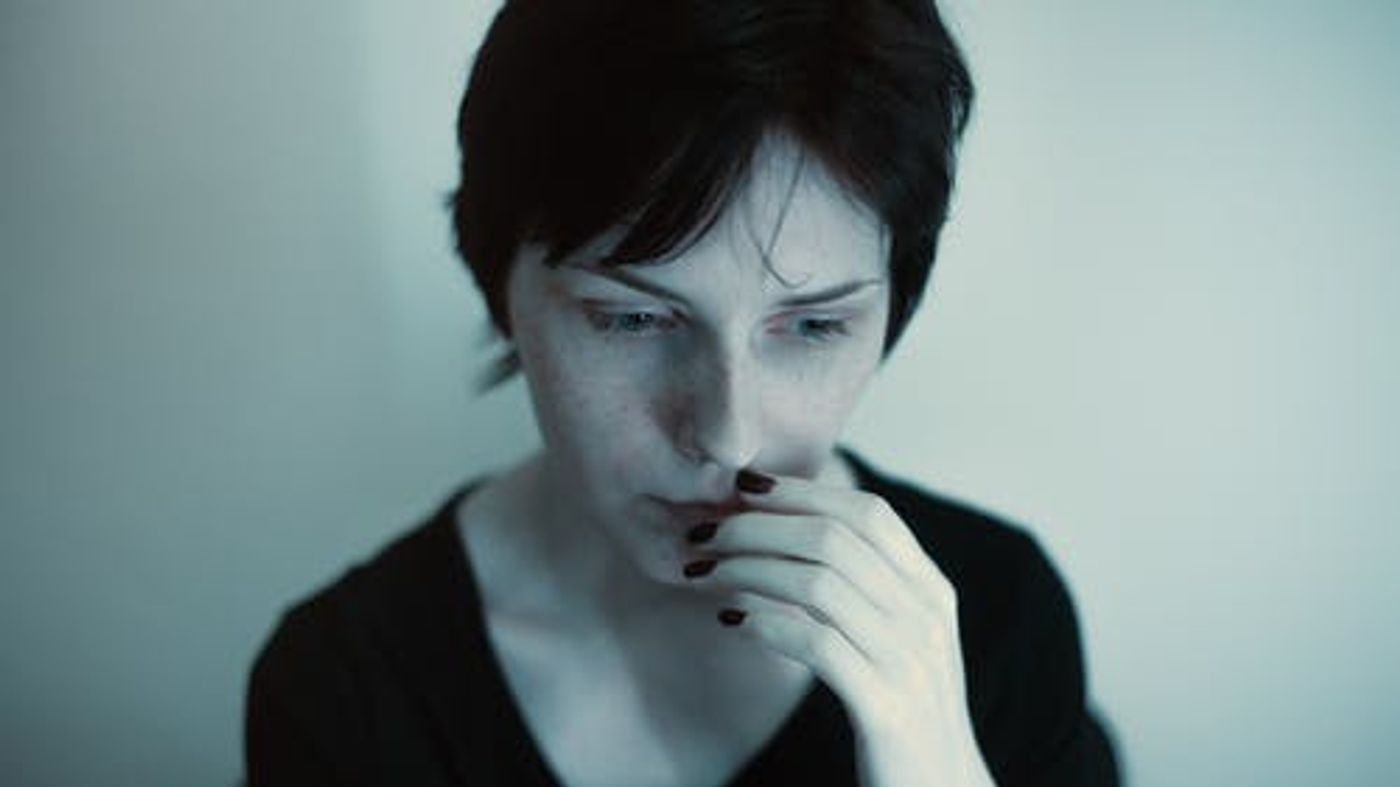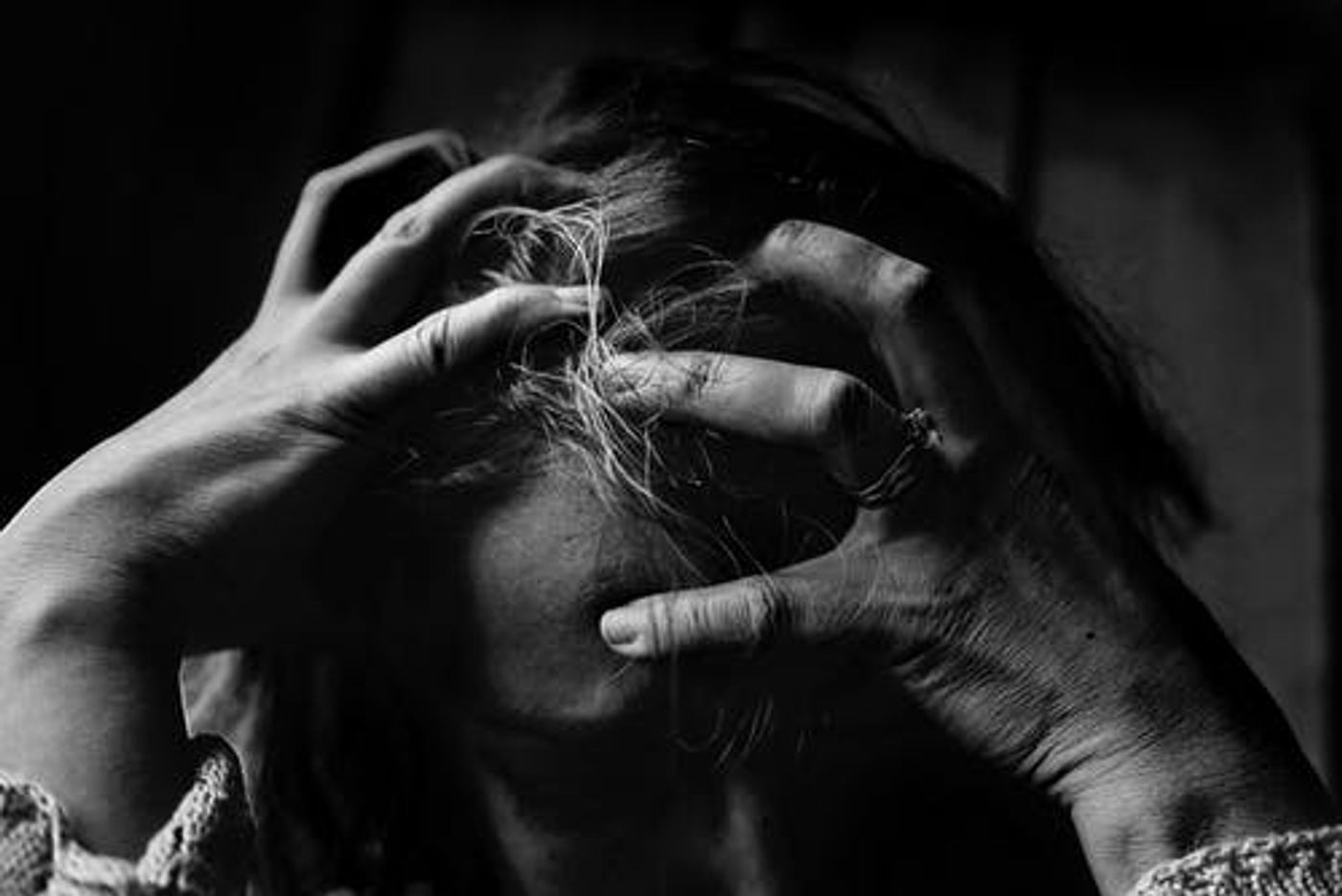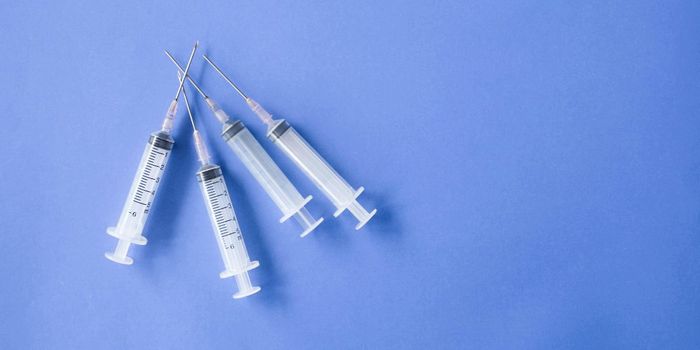Restrictions On Abortion Create A Public Health Nightmare
Abortions are incredibly safe procedures. The rate of complications for abortions is lower than the complication rate for wisdom-tooth removal. Also, a person is more, not less likely, to suffer mental health issues following being denied an abortion, then they would have been following an abortion procedure.
Although only a tiny percent of abortions result in complications, there is a movement across the US to restrict or deny access to this vital type of medical care. This is a dangerous situation for women, the forced vessels of these unwanted children, and the children themselves. Not only is a pregnancy far more risky than an abortion, but forced pregnancies also increase the risk of several other negative health-related factors for mother and child. These include the increased risk of domestic violence, financial insecurity, depression, and suicidal thoughts.
Beyond producing unwanted children who are more likely than their counterparts to live in poverty, forced births also further tax an overburdened foster care system. The foster care system of the US currently struggles to support about 443,000 children. Many of those children have been in the system for over two years. Furthermore, the children left in the foster care system are often traumatized by a process that exposes them to unseen abuses and struggles.
Abortion restrictions do little to reduce the number of abortions that woman seek. These unnecessary restrictions only make abortions more cumbersome, costly, and dangerous. Without access to safe abortions, women are more likely to turn to herbs, self-harm, or unsafe back-alley methods to end unwanted pregnancies.
When women are forced or coerced into motherhood, the resulting children and the communities they’re born into are worse off. Not only do these children suffer from more abuse at the hands of parents who didn’t want them, but they are also more likely to grow up in poverty and to experience developmental delays.
It is widely acknowledged that living in poverty has far-reaching consequences. One of the most significant ways in which economically disadvantaged people suffer is through poor health. The health problems most common to poor communities include poor nutrition, greater exposure to pollutants, and lack of access to quality health care.
Another way those in poverty suffer is through limited access to education. Poor children are much more likely to attend classes at inadequate facilities. These facilities provide poor educations that make it harder, even for comparatively well-performing graduates, to seek employment or higher education opportunities afterward.
These serious disadvantages in childhood translate over time into mental health problems and low self-esteem in teenagers. These teenagers then grow-up carrying with them these issues and are more likely to contribute to crime rates as adults.
For persons concerned with the cost of providing birth control or abortion access for woman, this should sound alarms. The cost of caring for an impoverished person throughout their lifetime is much higher than the price of birth control.
The above video from DNews goes into further detail about the risk of abortions. It also provides many other opportunities to learn more about this very common procedure.
Sources: DNews, Bixby Center for Reproductive Health, Journal of Sexual Research and Social Policy











